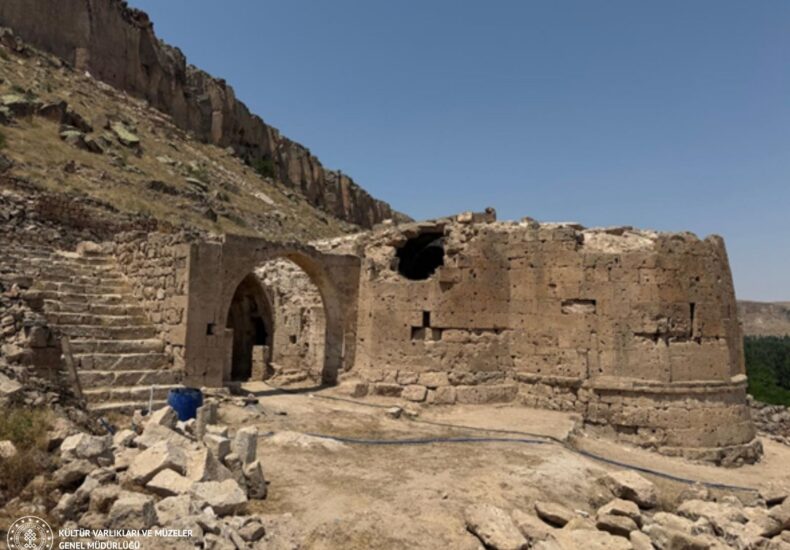
Saint Georgios, Cappadocia’s Forgotten Church, to Reopen After 700 Years
Saint Georgios, a long-forgotten 13th-century Byzantine church tucked away in Türkiye’s Cappadocia region, is undergoing meticulous restoration and will reopen to visitors after 700 years.
Hidden among the sun-scorched rock formations of Central Türkiye, in a quiet village far from the well-trodden tourist trails, a forgotten Byzantine church is preparing for a second life.
Saint Georgios Church, a 13th-century religious structure carved into the volcanic terrain of Başköy—part of Kayseri’s Yeşilhisar district—is currently undergoing a full-scale restoration. Slated to reopen in 2026, the project aims to turn this long-abandoned monument into a cultural and touristic landmark in the Cappadocia region.
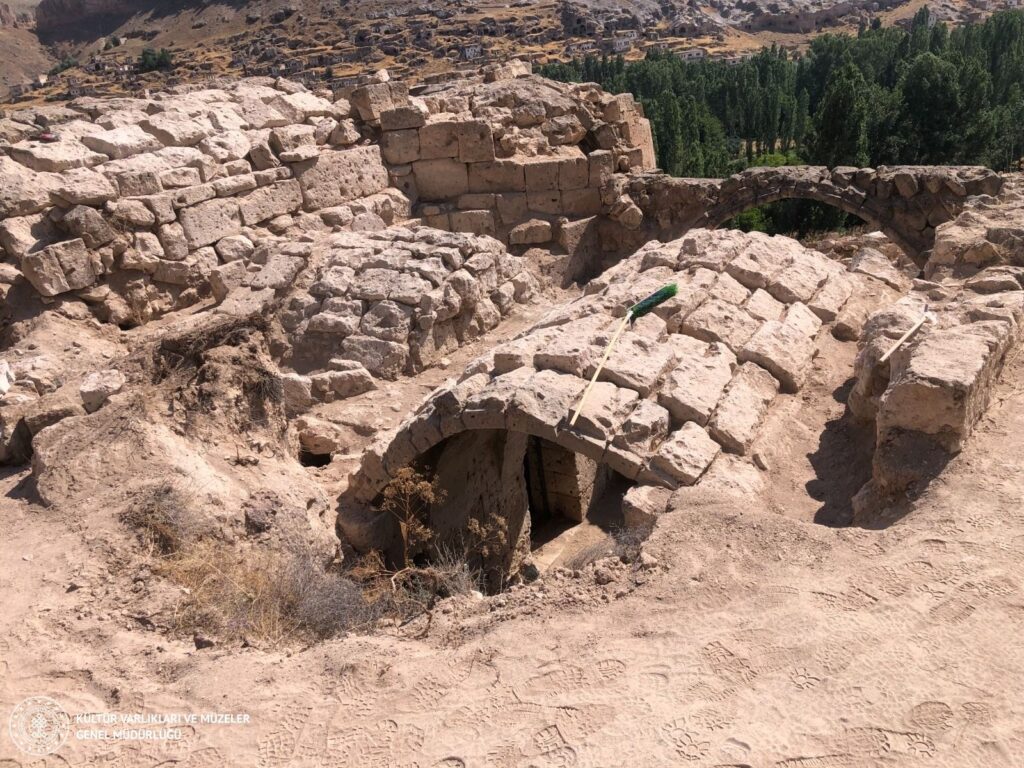
A Church Carved in Stone and Time
Originally built in the 1200s, the church once served as a spiritual and communal center for the Byzantine Christian population of the region. Its single-nave layout, barrel-vaulted interior, and horseshoe-shaped apse reflect typical medieval Cappadocian ecclesiastical architecture. Surrounding the church are remnants of a monastic complex carved directly into the rock, echoing the ancient ascetic traditions of the region.
📣 Our WhatsApp channel is now LIVE! Stay up-to-date with the latest news and updates, just click here to follow us on WhatsApp and never miss a thing!!
Despite its historical value, the site fell into disrepair over the centuries, suffering extensive damage—both from time and from modern treasure hunters. Faded frescoes, collapsed vaults, and structural decay became the norm—until now.
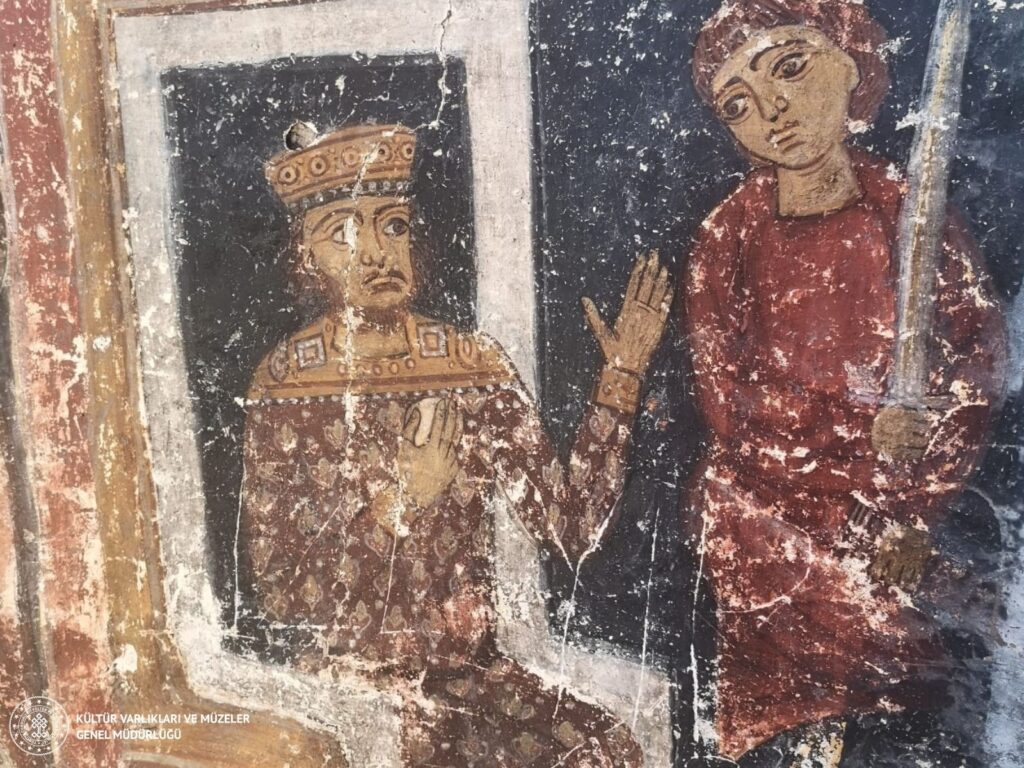
Science, Conservation, and Respect
The current restoration effort, initiated by Türkiye’s General Directorate of Cultural Heritage and Museums in partnership with Kayseri Metropolitan Municipality, goes beyond cosmetic repair. Expert teams are employing architectural documentation, 3D scanning, structural reinforcement, and fresco conservation—all guided by the principles of authenticity and minimal intervention.
The project also includes comprehensive landscaping. Once completed, the area surrounding the church will be redesigned as a cultural public space, encouraging not just visitation but active engagement with the site.
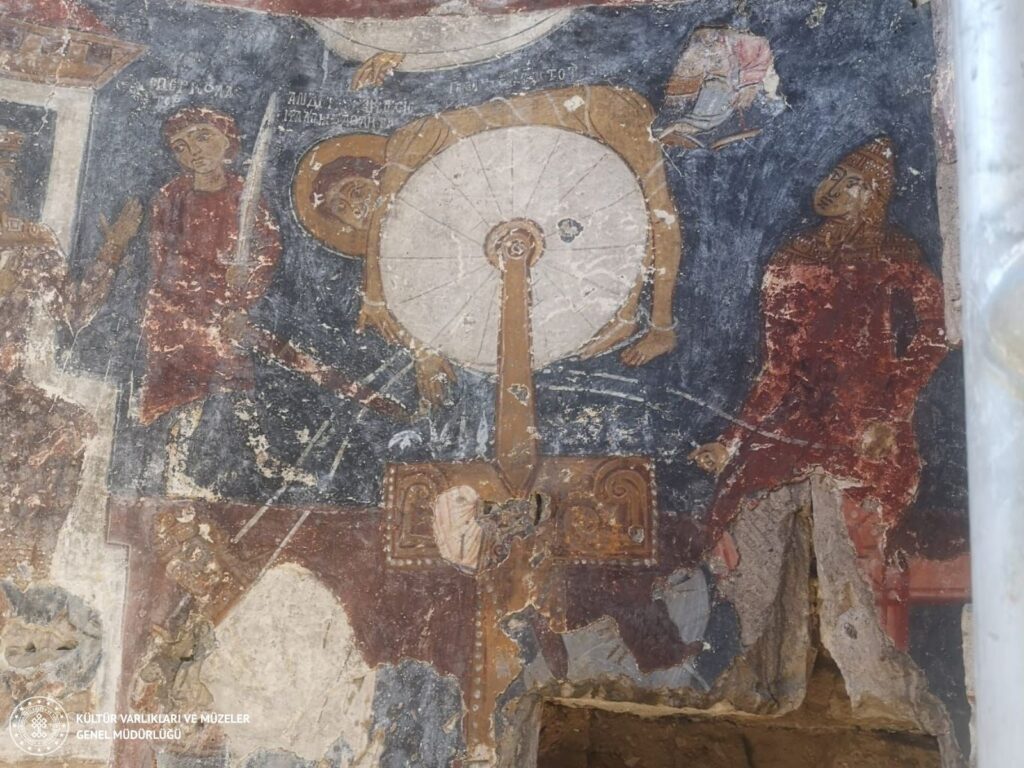
Beyond Restoration: A Cultural Reawakening
While the church itself is small in scale, its impact could be significant. Prior to its closure, Saint Georgios Church had already attracted visitors from Brazil, Argentina, and Bulgaria—drawn by its off-the-map location and quiet mystique. With restoration nearing completion, it may soon re-emerge as a stop on Türkiye’s expanding cultural tourism circuit.
For the locals, the church’s revival is more than heritage—it’s an economic and symbolic opportunity. For historians, it’s a rare window into lesser-known Byzantine life in the heart of Anatolia. For travelers, it’s a chance to step into an unpolished, ancient space not yet overrun by crowds or souvenirs.
You may also like
- A 1700-year-old statue of Pan unearthed during the excavations at Polyeuktos in İstanbul
- The granary was found in the ancient city of Sebaste, founded by the first Roman emperor Augustus
- Donalar Kale Kapı Rock Tomb or Donalar Rock Tomb
- Theater emerges as works continue in ancient city of Perinthos
- Urartian King Argishti’s bronze shield revealed the name of an unknown country
- The religious center of Lycia, the ancient city of Letoon
- Who were the Luwians?
- A new study brings a fresh perspective on the Anatolian origin of the Indo-European languages
- Perhaps the oldest thermal treatment center in the world, which has been in continuous use for 2000 years -Basilica Therma Roman Bath or King’s Daughter-
- The largest synagogue of the ancient world, located in the ancient city of Sardis, is being restored

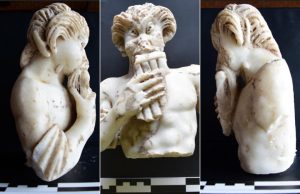
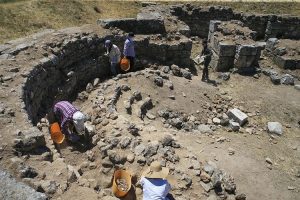
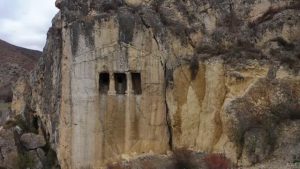
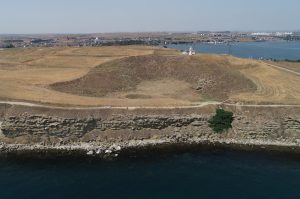

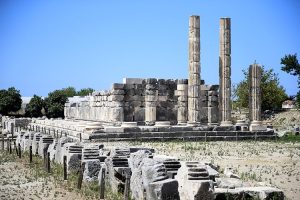


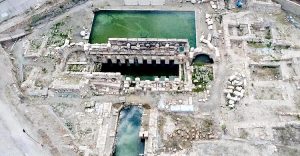
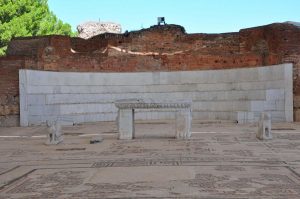
Leave a Reply